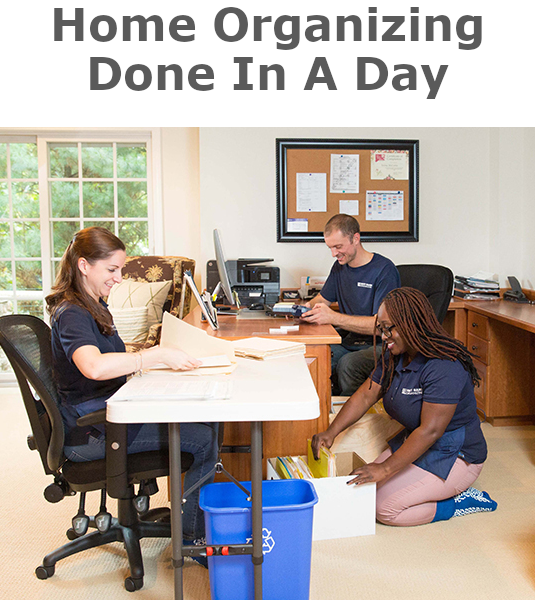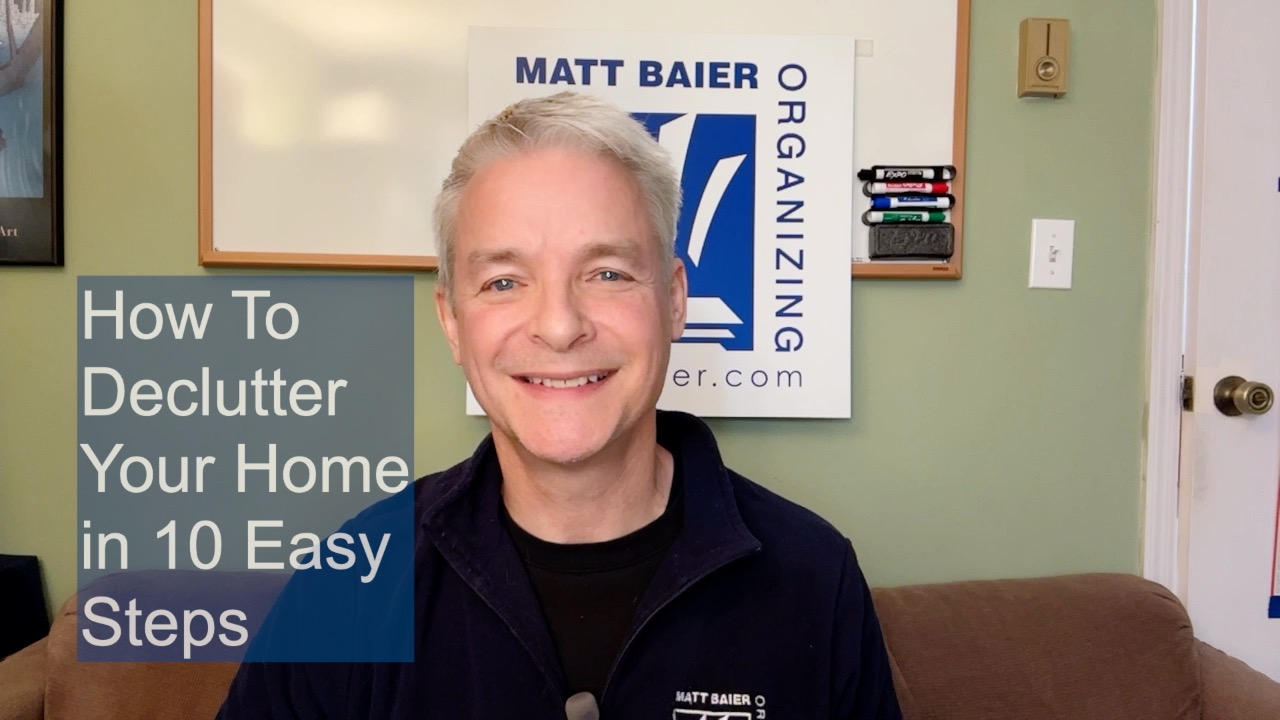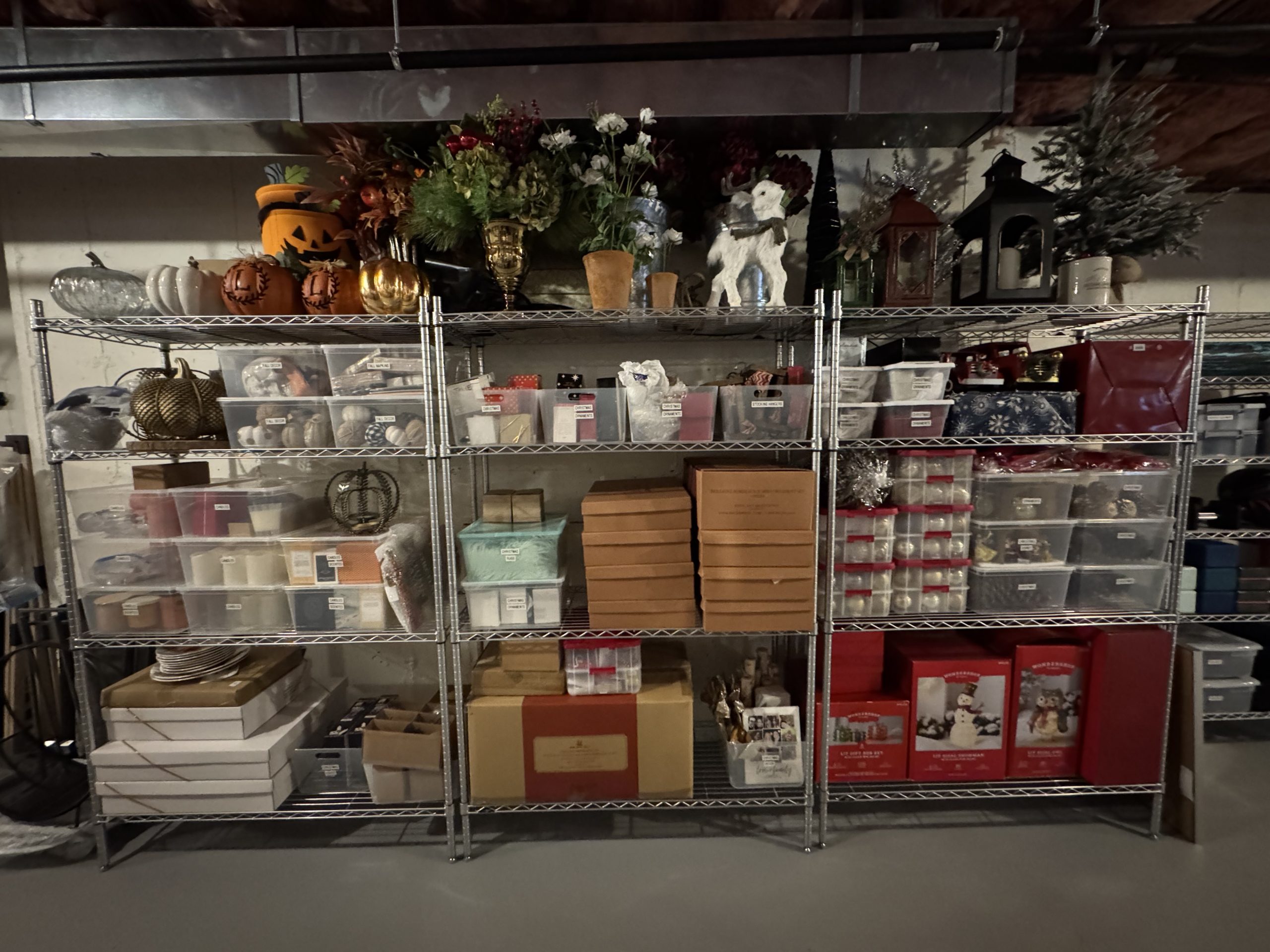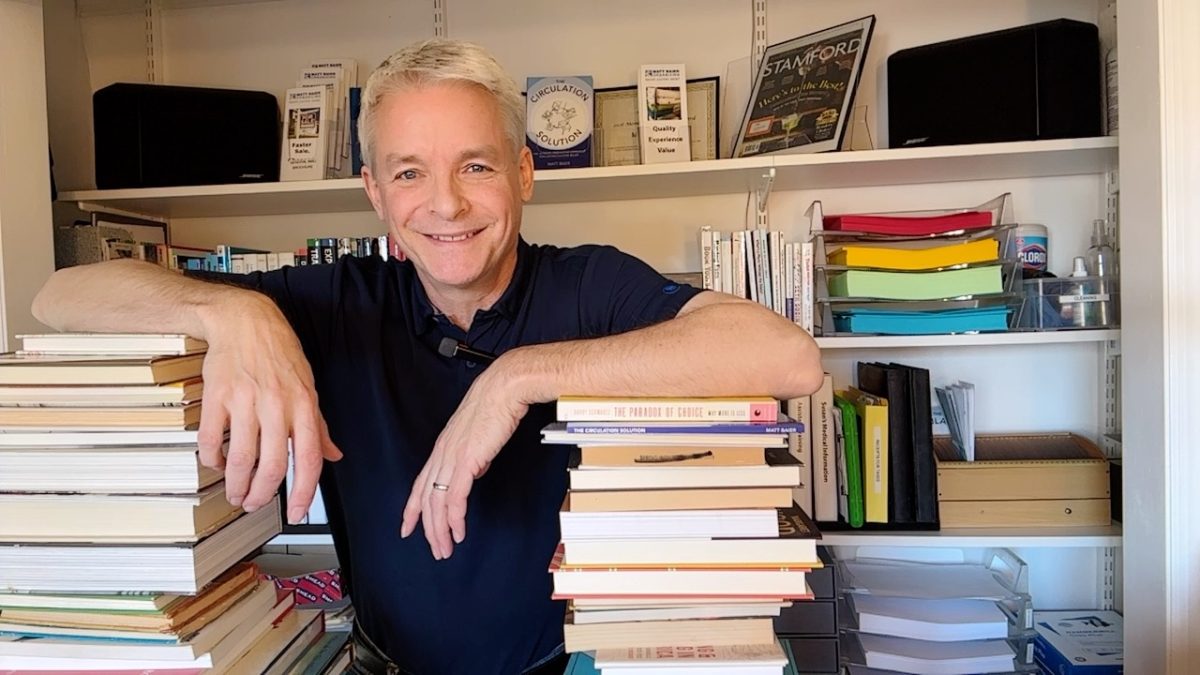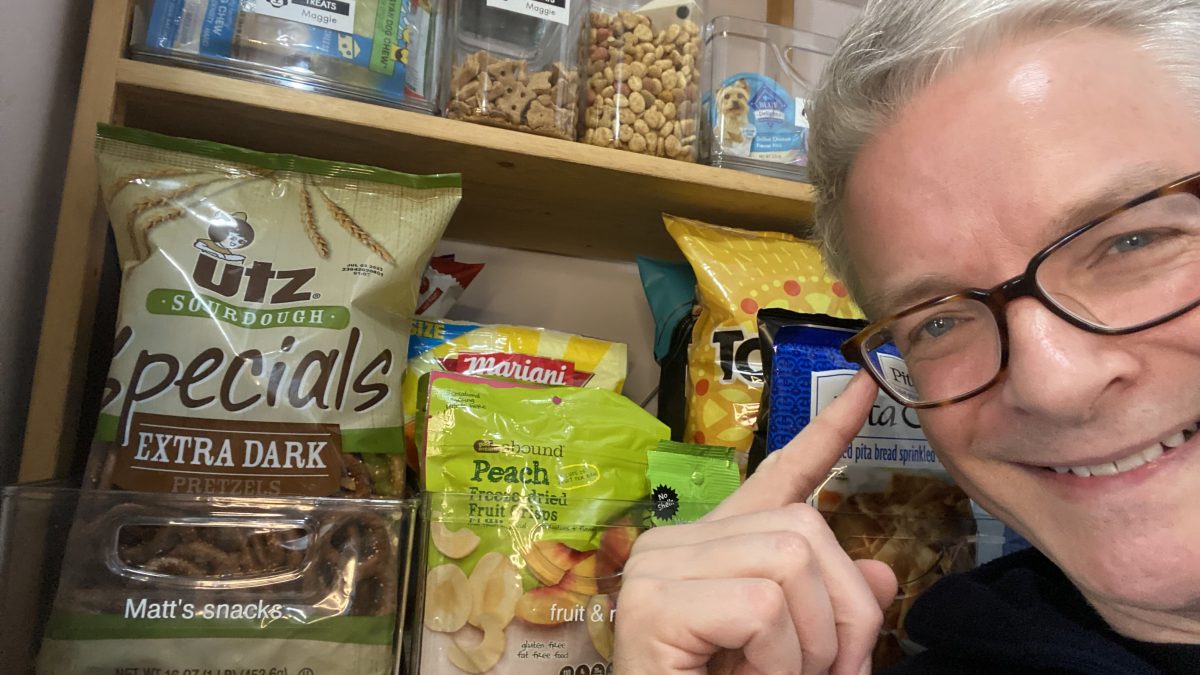To get organized and stay organized, STRUCTURE matters. I have often said that to STAY organized you need organizing systems made up of two components: an easy habit and an appropriate structure. To GET organized also requires structure. This is what I call cluttertecture. To get a cluttered room under control, it’s impossible to jump directly to finished systems. Getting organized needs to be done in reliable stages. This can be achieved through effective cluttertecture. Here are some examples.
1. Roadways. You could call this clutter infrastructure. In extreme cases of clutter, you must firstclear pathways to work effectively. Processing clutter often requires more than one person and it demands a certain speed to generate a momentum. This combination can be dangerous if there are obstacles to trip over, so keep the roadways clear.
2. Runways. I’ve often said the most important tool for STAYING organized is a clear surface. This is also true for GETTING organized. After you clear some safe paths, a generous work surface should be the next thing you clear off. This is where the clutter will be processed.
3. Building Blocks. We tend to avoid dealing with clutter until we are running out of horizontal space. To free up horizontal space you must take advantage of vertical space. Lidded cardboard boxes allow for temporary vertical storage of sorted items. Label them carefully so you can track their contents.
4. Structural Integrity. Larger and misshapen items should be collected in out-of-the-way spaces, not forced into the boxes. One such out-of-the-way space might be between a wall and the stack of boxes. To safely stack these boxes, they need to stack cleanly, which can’t happen if the lids are being displaced by awkward items. Also, make an effort to place heavier boxes lower, so the stack is not dangerously top heavy.
5. Processing Footprint. WHERE you build your cluttertecture matters too. Start by completely clearing one wall in your room, then build a structure of review boxes on that empty wall. Dedicate an area by the door for trash and donations. Finally, be sure to position the boxes “TO REVIEW” on one side of the room and position the boxes “TO KEEP” on the opposite side of the room, to avoid mistakes.
Cluttertecture should never be permanent. It is designed to be a temporary but safe stage during sorting to ensure that the next stage, purging, is as easy as possible. It gives you a clear environment to work and brings focus to your decisions. The final stage is to replace ALL the cardboard boxes with permanent organizing systems.
TODAY’S KEY TO UNLOCKING CLUTTER: The right structures can make all the difference in getting you organized.
Please Share With Your Community
Testimonials
What some of our clients are saying
Imagine An Organized Home






